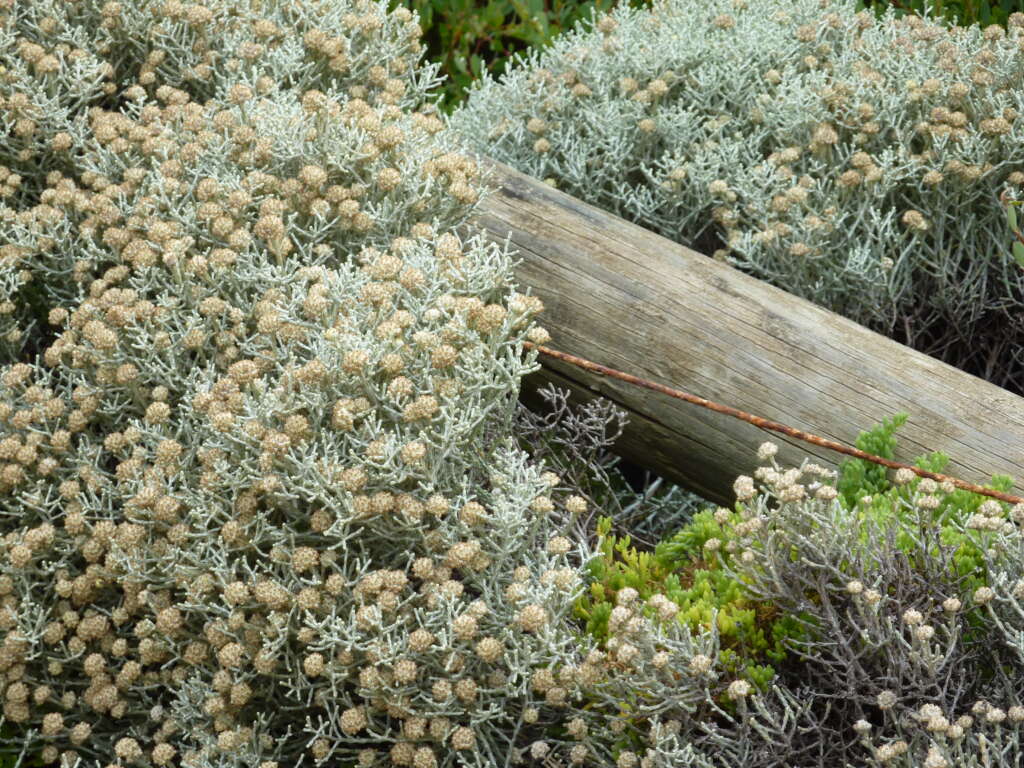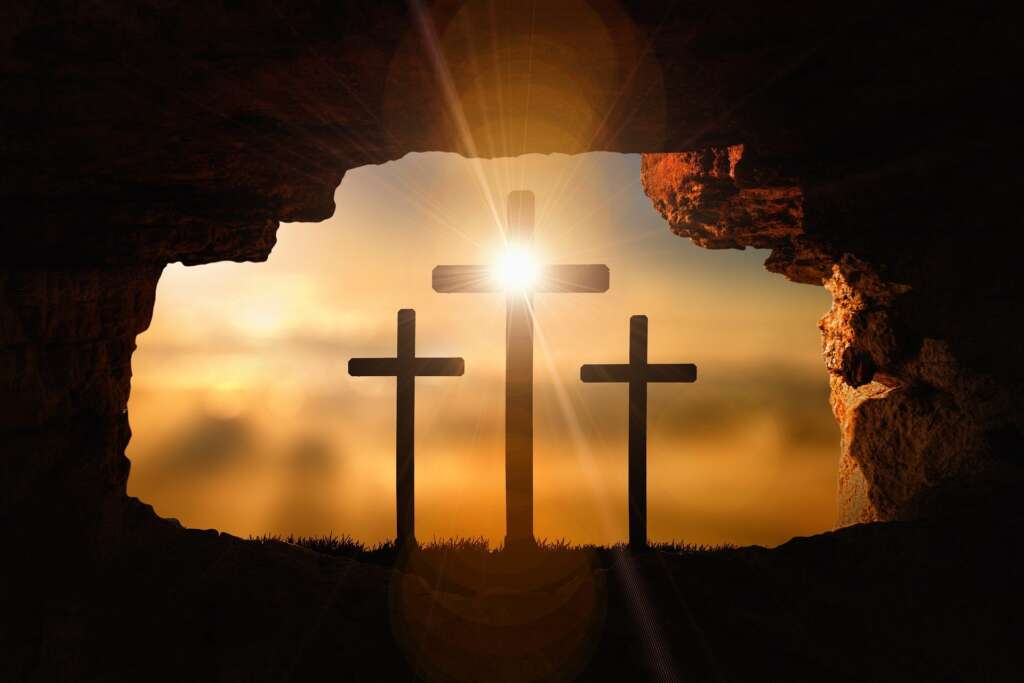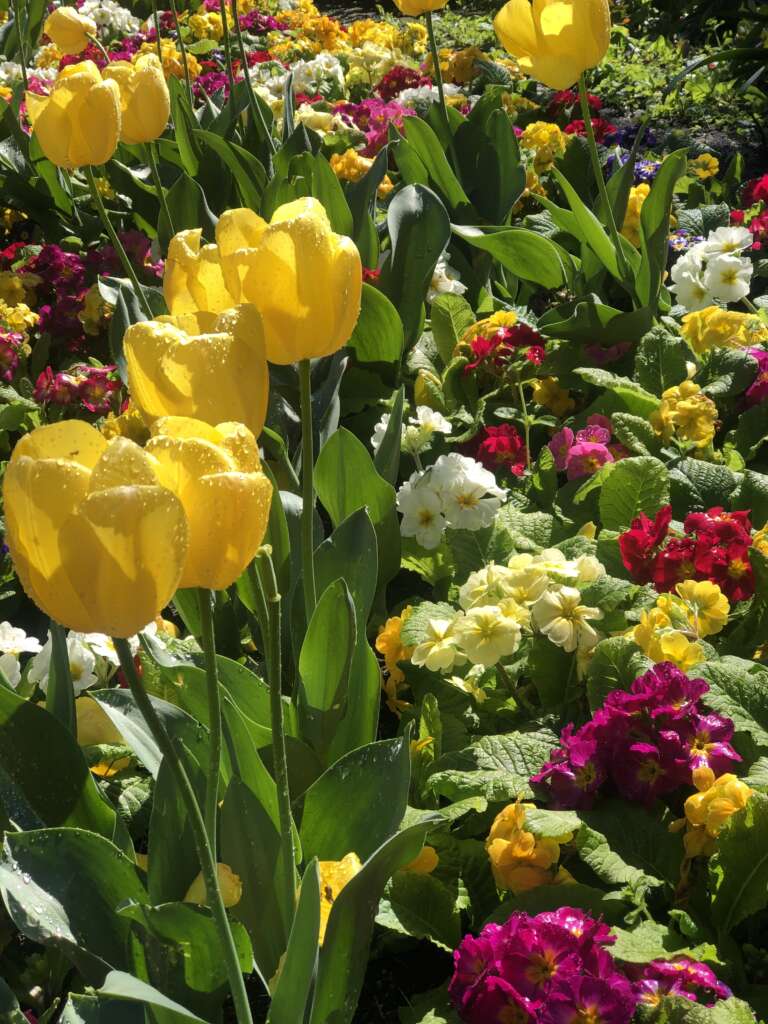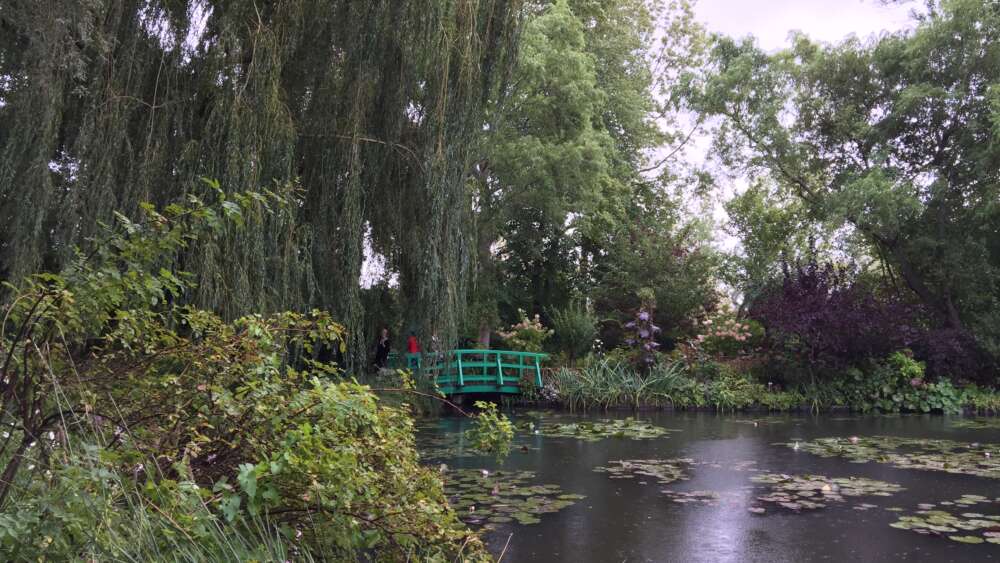The Impressionist master Claude Monet, who committed many years of his artistic life to capturing all aspects of his garden in Giverny France, understood the power of creation. He said, “My garden is my most beautiful masterpiece”.
It was on Thursday in the Garden of Gethsemane where Jesus courageously surrendered his will, and on Friday in a garden just outside Jerusalem’s walls where Jesus surrendered his life to the cross, and on Sunday nearby in the same garden where he was raised to life. The Easter story can be told, and its meaning explored, as we explore four very different, yet interconnected gardens we find in the Bible. They are:
The Garden of Eden (the garden of delight and despair),
The Garden of Gethsemane (the garden of sorrow and tears),
The Garden Tomb (the garden of victory and triumph)
And the Garden of New Jerusalem (the garden of hope and joy).
Let’s look at each.
Garden of Eden (Delight and Despair)
Twenty-five years ago, I was living in Launceston, northern Tasmania. In early spring 1996, snow fell to low altitudes on the Great Western Tiers less than an hour from our home. A friend and I spent a few hours walking under a cloudless, blue sky alongside a river bubbling with snowmelt. All around us was the green of ancient myrtle forest, psychedelically coloured fungi clinging to tree trunks and branches. As we climbed higher, we began to crunch our way through snow – first just underfoot, then ankle-deep. The impossible stillness, the azure blue of the sky above, the majesty of the forest, the steady thrum of the river beside us – all of it combined to fill us with awe. Our hearts were lifted and our gaze open-mouthed.
The Creation story in Genesis is written as a poem, a rhythm of seven stanzas. At the end of each day, each stanza – as God creates light and darkness, land and sea, plants and trees, the sun and stars, fish and birds, animals and human beings – God steps back and surveys his handiwork and says, ‘that’s good’. When it is all done, before God rests from his work of creation, having placed Adam and Eve in the Garden of Eden at the heart of it all, the whole world a garden – he says it’s ‘very good’. The beauty of our world bears the fingerprints of God’s original blessing.

God’s creation Penny Mulvey
English poet Elizabeth Barrett Browning puts it this way: “Earth is crammed with heaven, and every common bush afire with God.”
Tragically, the original blessing gave way to a terrible curse when Adam and Eve, our ancient ancestors, decided the overwhelming blessing of the Garden, where God was their companion, wasn’t enough. Their sin, their rebellion against God, is our rebellion. Their story is our story – the story of the human condition. The great Russian dissident, Alexander Solzhenitsyn, put it this way: The line separating good and evil passes not through states, nor between classes, nor between political parties either – but right through every human heart – and through all human hearts.
Sin has its own sorry consequences – our world crammed with blessing forever, it seems, stained with a curse. Delight was now tinged with despair. God says: Cursed is the ground because of you … it will produce thorns and thistles for you. (Genesis 3:17-18)
We live in a still beautiful and blessed world infested with thistles and thorns –
a world of war and genocide,
cancer and heart disease,
poverty and starvation,
injustice and exploitation,
apathy and evil.
Thistles and thorns sting hard. They wound. Rebelling against God, we find ourselves experiencing alienation from each other, our material world and, if we are prepared to admit it, alienation from God, the God in whom we were created to live and move and have our very being. This brings us to our second garden – the Garden of Gethsemane, the garden of sorrow and tears.
Garden of Gethsemane (Sorrow and Tears)
It was in the garden on the Mount of Olives, just outside Jerusalem’s eastern walls, that Jesus kept a lonely prayer vigil the same night he would be betrayed and arrested. Before they would abandon him for sleep, Jesus told his disciples: “My soul is overwhelmed with sorrow to the point of death.” (Matthew 26: 38)
It’s a big statement. ‘I am so crushed with grief, life is draining from me.’ Knowing what lay ahead, the sacrifice he would willingly make, the agony and shame of the cross that was his destiny, blood-like sweat oozed from his pores, a foretaste of the bloody horrors of Good Friday. In the Garden of Gethsemane, Jesus experienced the crushing weight of our rebellion and alienation and all its terrible consequences, a weight unimaginable. In his lonely night in the Garden of Gethsemane, Jesus was staring death in the face, the death we all deserve, ready to die it on our behalf. Jesus knew and embraced the confronting truth that to be our saviour he needed to be our sacrifice.
Very truly I tell you, unless a kernel of wheat falls to the ground and dies, it remains only a single seed. But if it dies, it produces many seeds. (John 12:24)
Eden was the garden of delight and despair.
Gethsemane the garden of sorrow and tears.
The Garden tomb was the garden of victory and triumph.
Garden Tomb (Victory and Triumph)
Following his betrayal, arrest and sham trial, Jesus was manhandled to a place west of Jerusalem, just outside the city walls, called Golgotha, where he was crucified. Jesus died an agonising death, his own broken body acting as his executioner as each breath became excruciating and he eventually succumbed to asphyxiation.
‘It is finished’ – all that needed to be done to reverse the curse of Eden, to destroy the power of sin, was done on the cross.
At first glance, his final words, a cry, were a declaration of crushing defeat, ‘It is Finished!’ But rather than defeat, the cross was an all-encompassing triumph. With his death, Jesus absorbed into himself all our pain, all our suffering, all our rebellion, all our alienation, all our sin – disarming their power. ‘It is finished’ – all that needed to be done to reverse the curse of Eden, to destroy the power of sin, was done on the cross. The cross shouts to us that alienation from God, each other and our world is not the last word, but that God’s reconciling love is – that Love wins.
After his death, Jesus’ body was taken down from the cross by some friends, prepared for burial and laid in an unused tomb located in the gardens just nearby. A large stone sealed the entrance. For Jesus’ friends, this was the end of the road, the final scene of a story so full of promise, now ending in confusion and disappointment.
In the darkness of the early morning, some women come to the tomb to tend to Jesus’ corpse, as custom required. Astonished, they find the tombstone rolled away, the grave empty and Jesus’ burial clothes neatly folded. At first, they think the body has been snatched, stolen. But then, waves of grief crashing over her, Mary has an encounter in the garden with a stranger she doesn’t at first recognise:
He asked her, “Woman, why are you crying? Who is it you are looking for?” Thinking he was the gardener, she said, “Sir, if you have carried him away, tell me where you have put him, and I will get him.” (John 20:15)

“Mary” Pixabay
Jesus’ one-word response to her question is to say Mary’s name. Hearing her name spoken, in the familiarity and tenderness of his voice, Mary is the first to recognise that Jesus’ body wasn’t stolen but has been supernaturally raised from the dead. This changes everything – everything! For the next 40 days, hundreds of Mary’s friends would have similar encounters with Jesus, eyewitnesses to the history-defining reality of his resurrection.
The cross was a triumph – the triumph of God’s love
Jesus’ death and resurrection took place in the same garden setting, which is so very apt, as their meaning cannot be separated. At first glance, Jesus’ resurrection was Easter Sunday victory snatched from the jaws of Good Friday defeat. But that wasn’t the case. Rather than a defeat, the cross was a triumph – the triumph of God’s love; with the empty tomb and Jesus’ resurrection, it is vindication, the confirmation of that triumph. With his death and resurrection, Jesus triumphed over sin and death, destroying their power once and for all time and for all people. With the Easter events, death forever loses its sting.
Attend a funeral and it’s likely flowers will be prominent. Adorning the casket, in the church or chapel – at the graveside, in our garden cemeteries. Why? Flowers are vivid reminders of the Christian hope of new life beyond the grave. In the words of English poet George Herbert: “Death used to be an executioner, but the gospel has just made him just a gardener.
Garden of New Jerusalem (Hope and Joy)
The story of creation begins with the Garden of Eden, a garden of blessing and delight, a garden that is lost to a curse and its despair. And, all because of Easter, the story of creation ends with a garden restored, with Eden recovered – but a very different Eden. John has a vision of it, a garden set in a new city in a remade heaven and earth:
Then the angel showed me the river of the water of life, as clear as crystal, flowing from the throne of God and of the Lamb down the middle of the great street of the city. On each side of the river stood the tree of life, bearing 12 crops of fruit, yielding its fruit every month. And the leaves of the tree are for the healing of the nations. (Revelation 22:1-2)
The promise of Easter is that God will make all things new, indeed IS making all things new. American pastor Tim Keller puts it this way: “The resurrection means not merely that Christians have a hope for the future but that they have a hope that comes from the future.”
This hope isn’t simply wishful thinking or a vague desire, but a sure and certain hope – a hope you can stake and shape your life on. In the world to come, a world made new by God, there will be no more crying or pain, no more tears or sorrow, no more loss or grief, no more death – only joy – because the old order of things will have passed away forever. The sure and certain hope of Easter is that one day everything sad will become untrue.
For weeks now, we have been simultaneously horrified by the brutality of war, an evil invasion and killing of the innocents, at the same time as being inspired by the resilient courage of the Ukrainian people. Last week there was an article in The Times of London about springtime in Kyiv, a city rightly proud of the beauty of its gardens. The rubble of war all around them, the mayor and the city’s residents are defiantly planting spring flowers. This is what the article says:
In a freshly dug verge on the edge of St Sophia’s Square, city gardeners were planting out purple pansies to bring spring colour to the city. “War is war, but flowers still need to be planted,” one of the gardeners said. She wanted Kyiv to look beautiful again. (My thanks to Stephen McAlpine’s blog for drawing my attention to this story.)
‘War is war, but flowers still need to be planted.’
We live in a world where flowers still need to be planted. Easter faith means we have a sure and certain faith that God is making all things new. Easter faith invites us to participate with God in that revolutionary mission. Speaking of Jesus’ life, death and resurrection, the author C.S. Lewis says: “The rightful king has landed, you may say landed in disguise, and is calling us to take part in a great campaign of sabotage.”
Planting Flowers

‘Every day we are planting flowers’ Penny Mulvey
At Wesley Mission, our mission is to continue the work of Jesus Christ in word and deed. Continuing Jesus’ work means planting flowers.
Every time we serve those most in need, we are planting flowers
Every time we advocate for justice for the forgotten and forsaken, we are planting flowers.
Every time we tell the story of Jesus and his transforming love, we are planting flowers.
Every time we pioneer a new service, establish a new office or step into a new region – we are planting flowers.
Every act of compassion, every act of Christ-like service, every courageous commitment to go the extra mile in making a difference – we are planting flowers.
And every time we plant a new flower we are colouring our grey world with hope, love and joy.
This Easter my prayer is you would know and experience the gift that is yours when you place your faith and trust in Jesus crucified and risen, a sure and certain hope that will carry you forward into eternity, and which will infuse you with the kind of joy first experienced by Mary by the Garden tomb.
Stu Cameron is the Chief Executive Officer and Superintendent of Wesley Mission.
Public Easter events for Wesley Mission
The Good Friday Performance 1pm Martin Place Sydney.
Easter Sunday 6am Sunrise broadcast, can be seen on 9, WIN and NBN.
Email This Story
Why not send this to a friend?


